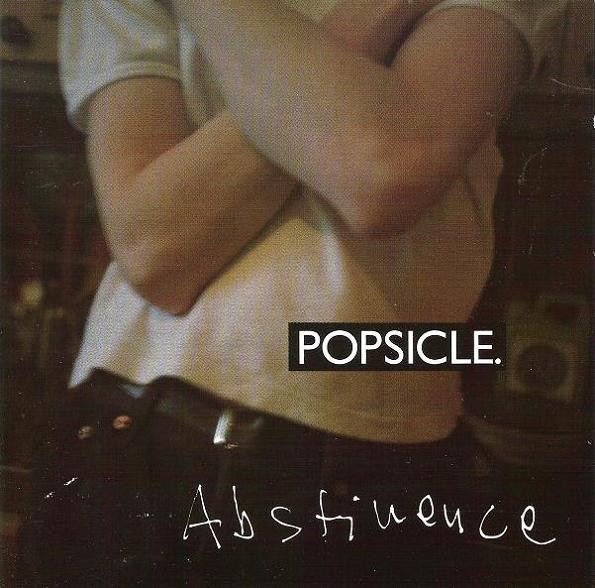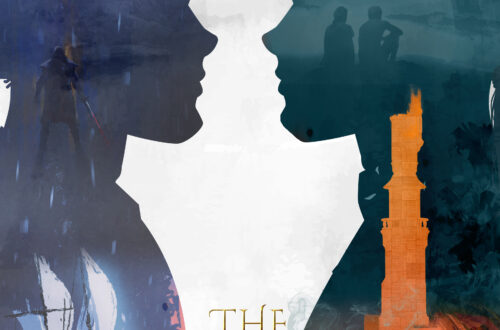
RELEASE BLITZ: Separate Development by David Blyth (Excerpt & Giveaway)
RELEASE BLITZ

Book Title: Separate Development
Author and Publisher: David Blyth
Release Date: May 1, 2023
Genre: Contemporary LGBT Fiction/Literary Fiction
Tropes: An Intercontinental Love Story
Themes: LGBT, Bisexual, Interracial, South African, Apartheid, Medical (Doctor)
Heat Rating: 2-3 flames
Length: 120 000 words/420 pages
It is a standalone story and does not end on a cliffhanger.
Buy Links – Available in Kindle Unlimited

An intercontinental love story
Author’s note:
Separate Development is a work of fiction inspired by real events. Many names, places and timelines have been altered to provide anonymity to third parties. Character names do not reflect anyone, living or deceased, whom I have ever known. However, I would like to thank the real-life members of the family portrayed in this book for being part of my life, and for their understanding and acceptance. I recognise that their memories of the events described in the novel may be different from my own. There was never any intention to misrepresent anyone; in fact, I am honoured to have known them.
Blurb
At twenty-five, recently qualified Dr Jonathan Conner leaves his comfortable life and love in London, taking up a charitable post during the last months of South Africa’s apartheid system. Weeks from a planned visit by his long-standing girlfriend, he falls in love with a young African man in the northern homeland of Venda.
Their passionate, heart-rending love story unfolds against the backdrop of conflict between social tolerances that lag behind political freedoms.
Returning to England after eight years, he’s forced to confront the consequences of his decisions for those left behind in two very different worlds.
Through this story of love’s endurance beyond society’s acceptance and geographical separation, can the enduring power of the human heart overcome adversity?
Excerpt
The stark beauty of Venda’s voluptuous landscape could have replaced many an artist’s requirement for naked models of either sex. Rounded hills, writhing between cleaved valleys, yearned for lustful hands to caress their contours in pleasurable embraces. Admittedly, on that solemn day, it was not a mental image to dwell on. But I was to make the journey more than once.
The last twenty miles were dirt, dust dry, following the undulating curvature of parched hillsides. Rain was a distant memory, the last breath of summer’s bounty, yet portions of verdant green interspersed the struggling rampant growth of a forgotten season. Soon the skies would fill again with heat born clouds, storage towers of sustenance, destined to release daily torrents. Today, the brightest greens picked out pockets of humanity, cultivated patches and plots, tall stands of maize, fringed with bananas and peppered with papayas. Water was available for those who worked hard enough to find it, and the rich African soil rewarded those who took the trouble. These oases were increasing in frequency, many still surrounded by round, thatched, mud-wall huts or rondavels, some supplemented by larger rectangular versions, roofs still often traditional but occasionally replaced by bright or rusty zinc. Tracks worn by years of footfall fed the settlements. Vehicular access was rare, but where it existed, the residences built of brick, though often rendered: similar modern bungalows to mine.
As the frequency of dwellings increased, so did the appearance of structures clearly having other functions. Eventually we reached a broad flat plane. Gone were the patches of green, and in their place, the straggling thorn bushes — which conquered any area where humanity didn’t — had grown to tall spreading trees; all were bare of leaf, yet in the seasons of rain, broad panoplies of shade would provide protection from Capricorn’s sun. The space, ringed with buildings of a relatively modern construction, had occasional notices of printed or hand painted letters attached. Enclosing one side of the quadrangle stood a long dormitory style block of rough plastered walls, patched and peeling paint representing the faded choices of many years, or perhaps revealing the use of colours kindly donated at the time. Windows, placed only a few inches below the rusty corrugated overhang of the roof, in some sections without frame or glass, allowed light yet probably deterred its occupants from external distraction. Three well-worn steps led to broad double doors, also reflecting the indecision or availability of bygone supplies of colour. Only the signage appeared to have received regular maintenance. Bold black lettering, written with skilled hands on a fresh blue base, told me Sarah’s directions had led me to park in front of Ha-nthabalala Secondary School, Established 1972. Headmaster: Mr Joseph Ramanala. The name had a slightly deeper blue background, suggesting it represented the most recent promotion to the post.
About the Author
David Blyth was born in Staffordshire, in the UK. He graduated from Nottingham and Wolverhampton Universities with a BSC.hon and a PGCE. He lived for many years in South Africa, where he witnessed the political and social transformation during and after apartheid.
His interests, apart from writing, include anything that helps him to stay relatively sane.
Separate Development, which is in fact, his second novel, was written at his home in the English Midlands. It is due to be published in the spring of 2023.
His first novel, The Scars of Life, was written during a two-year overland exploration of southern, central and east Africa. Much was achieved sitting under the shade of a huge mango tree on the shores of Lake Malawi, always with a beer near at hand. It will be published during the summer of 2023.
Social Media Links
Giveaway
Enter the Rafflecopter Giveaway for a chance to win
an ebook/kindle copy of The Scars of Life.






